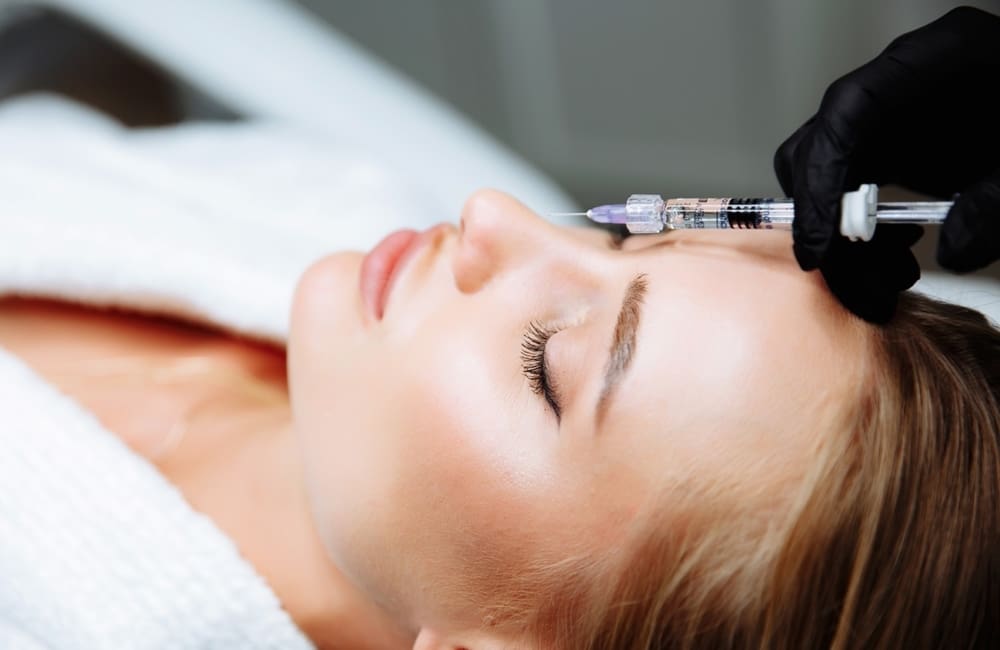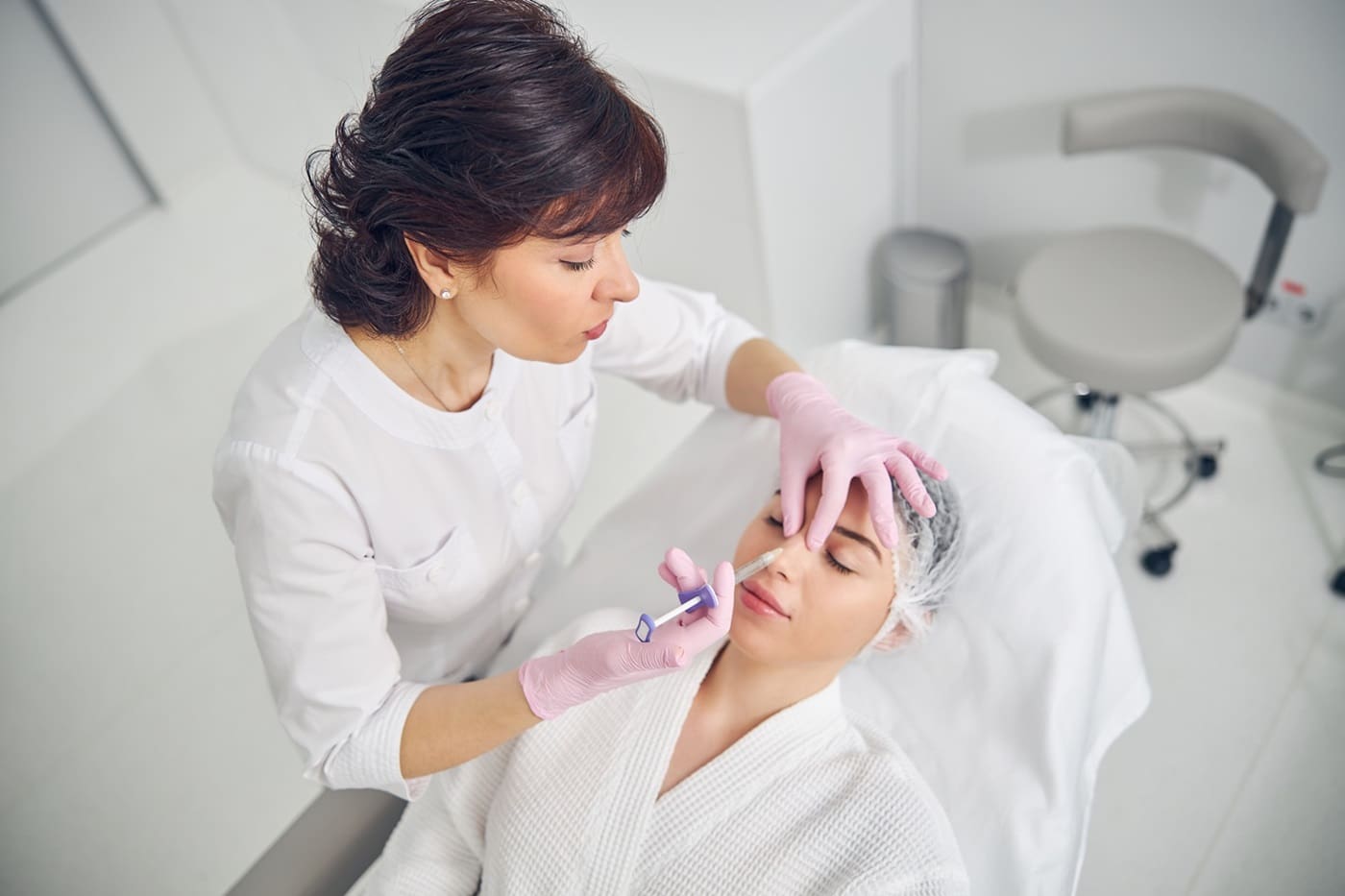Cosmetic Dermatology
The Pros And Cons Of Non-Surgical Rhinoplasty
Non-surgical rhinoplasty, better known as the liquid nose job, has become a popular option for people wanting to improve the shape of their nose without going under the knife. Using dermal fillers, this treatment can smooth bumps, define contours and create a more symmetrical shape — all without the downtime of conventional rhinoplasty.

Although it can give results relatively quickly with little recovery time, it’s important to consider both the pros and cons before making the choice to undergo the procedure. In this article, we’ll discuss the advantages and disadvantages of non-surgical rhinoplasty, who an ideal candidate is, and answer common questions about the procedure.
What is non-surgical rhinoplasty?
Non-surgical rhinoplasty, a minimally invasive cosmetic procedure, reshapes and moulds the nose with dermal fillers rather than with surgical intervention. Also called a liquid nose job, this treatment is performed by injecting hyaluronic acid-based fillers into the nose to smooth unwanted bumps, lift the nasal tip or achieve a more symmetrical look.
It is a simple and quick procedure, usually taking 20-30 minutes, very well tolerated and nearly painless and allows a quick return to normal activities. Results are temporary, lasting only between 6 to 18 months, unlike traditional rhinoplasty. Non-surgical rhinoplasty is perfect for those seeking slight adjustments without the commitment of permanent surgical changes or extensive downtime.
The pros of a non-surgical rhinoplasty procedure
Quick and convenient
Non-surgical rhinoplasty is quite a quick process, usually under 30 minutes. Unlike traditional rhinoplasty, which involves downtime, patients can resume normal activities within hours after the procedure. So, it’s a perfect option for those with other commitments.
Minimally invasive with no surgery
As the treatment only requires dermal fillers, there are no cuts, stitches or general anaesthesia needed. This lowers the risk of complications that can come with surgical rhinoplasty, like inflammation or infection. The treatment is also less painful, and most patients feel only mild discomfort.
Reversible and temporary results
The most significant advantage of non-surgical rhinoplasty is the temporary result that usually lasts between 6 and 18 months. If a patient is dissatisfied, hyaluronic acid-based fillers can be dissolved with hyaluronidase, enabling alterations or a reversion to the nose’s previous form.
Cost-effective compared to surgery
Traditional rhinoplasty can also be pricey, costing thousands of pounds. Non-surgical rhinoplasty is a cost-effective alternative, offering visible results without the financial investment of surgical intervention. Although touch-ups are sometimes necessary, they serve as a low-cost alternative for those seeking improvement of their nose.
What are the cons of a non-surgical rhinoplasty procedure?
Temporary results
While traditional rhinoplasty provides permanent changes, non-surgical rhinoplasty effects typically last between 6 to 18 months. The body naturally metabolises the filler over time, so patients will require repeat treatments to maintain their desired appearance. That can result in higher costs in the long run.
Limited reshaping abilities
Non-surgical rhinoplasty is ideal for minor cosmetic adjustments that include smoothing bumps, achieving better symmetry, and decompressing the tip of the nose. But it won’t decrease the size of a nose, solve functional issues like breathing problems or create significant structural shifts. To make more dramatic changes, surgical rhinoplasty is the one and only fix.
Potential side effects and risks
Although less invasive than surgery, non-surgical rhinoplasty is not without risk. Potential side effects may include swelling, bruising and redness at the injection site. In some cases, though, the filler is improperly placed and can cause vascular issues that can damage the skin — or, in more extreme cases, the eyes. Minimising risks is up to you, and choosing an experienced professional is key.
Not suitable for all noses
Non-surgical rhinoplasty is not suitable for certain nasal shapes and issues, including severely crooked noses or large dorsal humps. However, if you require extensive reshaping of the nose, surgery may be the only real way to achieve the result you are looking for.
Who is an ideal candidate for non-surgical rhinoplasty?
A good candidate for non-surgical rhinoplasty is someone seeking to reshape their nose without the complication of an invasive procedure. These procedures are generally best for people who want to smooth out small bumps, refine nasal contours, raise the tip, or improve symmetry. Perfect for those who want to tweak their features temporarily, with little to no downtime.
But it’s unsuitable for people who want to reduce the size of their noses, correct functional problems or make significant structural changes. Candidates must be healthy enough overall, have reasonable expectations, and select a qualified practitioner to guarantee safe, effective results proportionate to their facial dimensions.

Get in touch with Botonics to learn more about the non-surgical rhinoplasty
If you’re thinking of non-surgical rhinoplasty and would like expert guidance, then Botonics can help! Our highly trained, specialist team can provide you with a detailed consultation to assess your needs and establish whether the procedure is right for you. Our goal is to enhance your nose without going under the knife and ensure no downtime through high-quality dermal fillers that create a natural-looking, safe, and precise result.
From subtle refinements to a confidence-boosting transformation, we can help walk you through the steps. Contact Botonics today to ask for a consultation to discover even more about how this treatment may help you reach your goal.
Non-surgical rhinoplasty FAQs
1. How long do the results of non-surgical rhinoplasty last?
The results generally last 6 to 18 months, however this is dependent on the type of filler used and how quickly your body metabolises the filler. Repeats would be necessary to maintain results.
2. Is non-surgical rhinoplasty painful?
The procedure itself is relatively painless, and most patients only experience mild discomfort. First, a topical numbing cream is normally applied to reduce any discomfort. The injections might feel a degree of pressure or pinching sensation, but the treatment is generally well tolerated.
3. What are the risks and side effects?
The most common side effects are swelling, redness, and bruising, which usually go away in a few days. More serious complications, including vascular occlusion (blockage of blood vessels), are rare, but there is a high emphasis on finding a skilled and experienced practitioner.
4. Can non-surgical rhinoplasty fix a crooked nose?
Non-surgical rhinoplasty may help achieve a more balanced appearance and diminish some of the irregularities, but it isn’t going to straighten a very crooked nose. For more significant structural alterations, a surgical rhinoplasty is often more appropriate.







